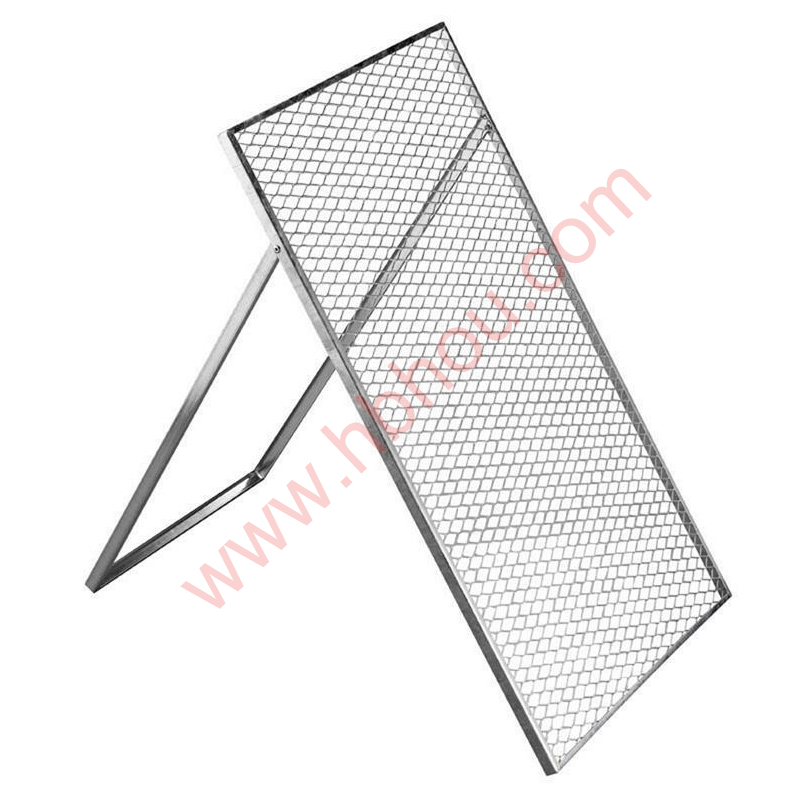How to Set a Fence Post Without Concrete
Setting a fence post is a critical step in building a sturdy and reliable fence. Traditionally, many people use concrete to secure their posts, providing stability and strength. However, there are alternative methods to set a fence post that can be just as effective without the need for concrete. This approach not only saves time and resources but also allows for easier adjustments in the future. In this article, we will explore how to set a fence post without concrete while ensuring durability and longevity.
Materials Needed
Before you begin, gather the necessary materials - Fence posts (wood, vinyl, or metal) - Gravel (preferably coarse) - Dirt or soil - Water - Level - Shovel - Tamper or post driver - Measuring tape
Steps to Set a Fence Post
1. Choose the Location Determine where you want your fence to be and mark the location for each post. Consider the spacing, taking into account the length of your fence panels.
2. Dig the Hole Use a post hole digger or a shovel to dig a hole for your fence post. A general guideline is to dig holes that are one-third the length of the post. For example, if you are using an 8-foot post, the hole should be about 2 to 3 feet deep. The diameter of the hole should be at least three times the width of the post.
3. Add Gravel for Drainage Before placing the post in the hole, add a layer of gravel at the bottom. This will help with drainage and prevent water from accumulating, which could lead to rot, especially for wooden posts. A depth of about 4 to 6 inches of gravel is typically sufficient.
can you set a fence post without concrete

4. Insert the Post Place the post into the hole, ensuring it is centered. Use a level to check that the post is plumb (vertically straight). Hold the post in place and make adjustments as necessary.
5. Backfill with Gravel and Soil Start by adding more gravel around the post, filling the hole up to about a third of the way. Then, add a layer of soil or dirt on top of the gravel. Ensure that the mixture is packed tightly around the post. Use a tamper or a post driver to compress the gravel and soil further, ensuring the post remains stable.
6. Water the Mixture After packing down the dirt, water the soil thoroughly. This will help the soil settle firmly around the post. Depending on the moisture content of your soil, you may need to add more soil or gravel to maintain the height and level of the post.
7. Allow to Settle Give the installation some time to settle. It’s a good idea to wait at least 24 to 48 hours before attaching fence panels or putting any weight on the post. The soil will continue to compact and provide additional stability.
Advantages of Setting a Post Without Concrete
There are several advantages to setting a fence post without concrete. First, it allows for easier adjustments in case the post needs to be moved or repositioned. Second, it often uses materials that are more environmentally friendly, reducing the carbon footprint of your fence construction. Additionally, this method can be less expensive and also allows for natural drainage, which helps prevent water damage.
Conclusion
Setting a fence post without concrete is not only feasible but can also be effective and efficient. By following these steps and using the right materials, you can create a sturdy foundation for your fence that will stand the test of time. This method provides flexibility and cost savings while ensuring that your outdoor space is well-defined and secure. With a little effort and planning, you can achieve a beautiful fence without the hassle of mixing and pouring concrete.
















